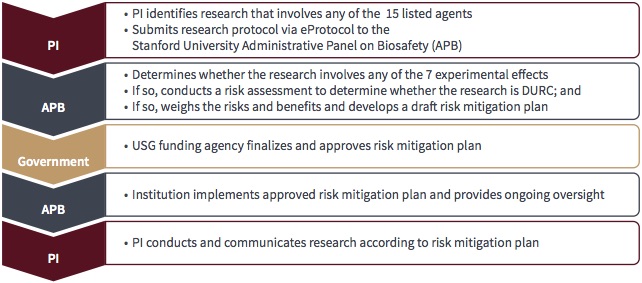Possession of small quantities of select toxins may be exempt from registration with the NSAR program. The Stanford Select Toxins Program summarizes the University’s requirements for possession of NSAR Select Toxins under the exempt quantities. For additional information please go to the EH&S web site (https://bit.ly/2j7NAWW).

![]() Important Information
Important Information
Prions and Prion-like Proteins
Prions and prion-like proteins are defined as proteins (human or animal) that fall into one of the below categories:
- Proteins that are highly associated with proteinpathies, including, but not limited to:
- Major prion protein/PrP/CD230 (Creutzfeldt-Jakob Disease [CJD], variant Creutzfeldt-Jakob Disease [vCJD], Kuru, fatal familial insomnia, bovine spongiform encephalopathy, Gerstmann Straussler-Scheinker syndrome)
- Alpha-synuclein (Parkinson’s disease)
- Tau, beta-amyloid (Alzheimer’s disease)
- Tau, RNA-binding protening Fused in Sarcome (FUS) (Frontotemporal lobar dementias)
- Polyglutamine-containing proteins (polyQ) (Huntington’s disease)
- Superoxide dismutase 1 (SOD1); transactivations response element (TAR) DNA-binding protein-43 (TDP- 43); RNA-binding proteing Fused in Sarcoma (FUS); Ubiquilin (ALS/Lou Gehrig’s disease)
- Proteins that confer a disease state that is transmissible from cell to cell.
- Proteins that have a fibrillar or aggregated form that has been shown to “seed” a pathology associated with a disease.
